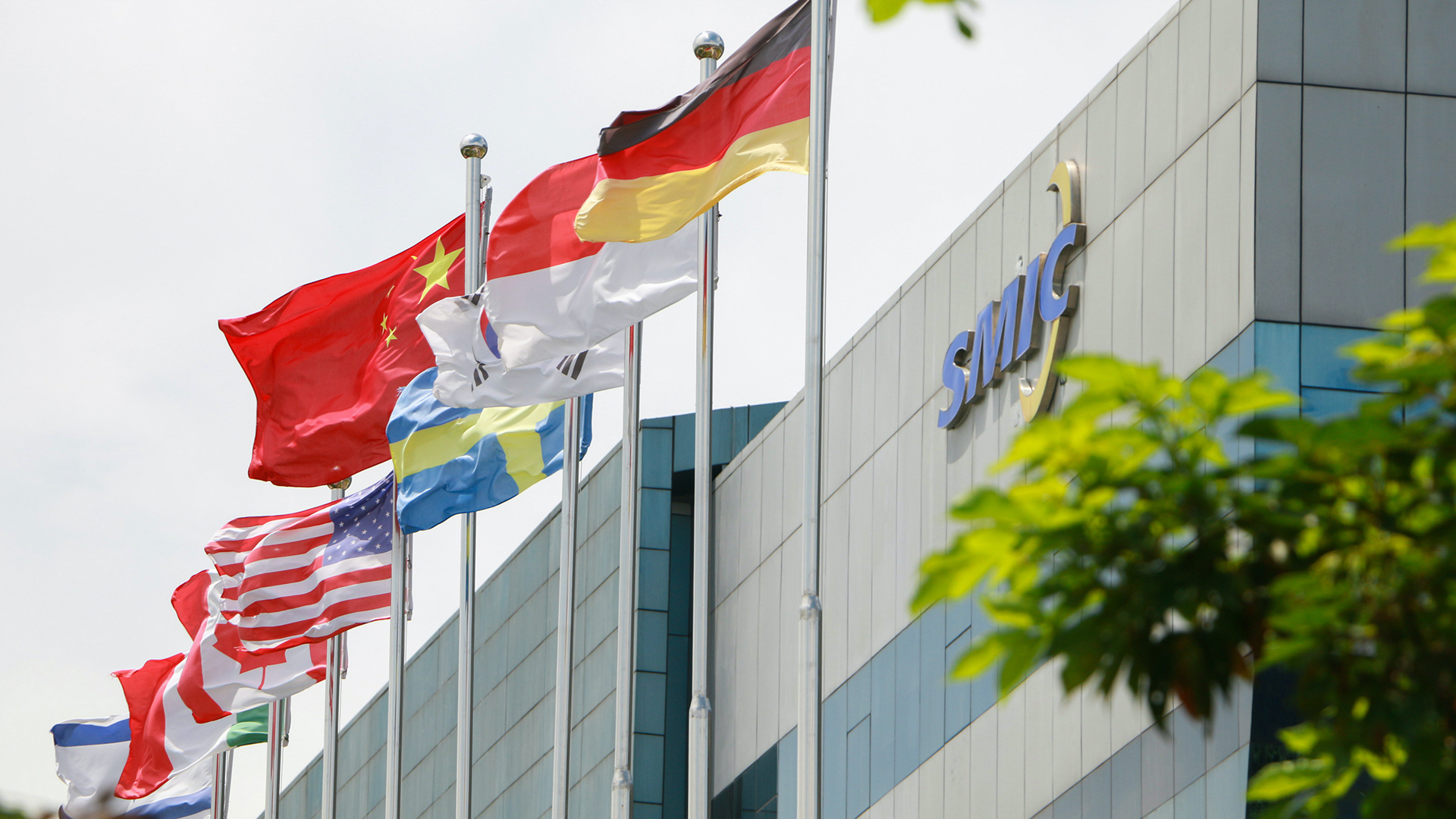Chinese company develops transmission electron microscope for chipmaking industry
Another important milestone in China's semiconductor industry.

Transmission electron microscopes (TEMs) are among the crucial tools used in the development of semiconductor materials and chip fabrication processes. Last year, Chinese entities spent hundreds of millions of dollars procuring TEMs from overseas companies, but they may no longer need to as the domestic Bioland Laboratory has developed its own TEM, reports the South China Morning Post (SCMP).
Transmission electron microscopes are essential in the semiconductor industry as they are widely used for material analysis and quality control. Bioland Laboratory's TH-F120 is said to be a state-of-the-art transmission electron microscope, which has a thermal emission electron gun that produces brighter and more stable emissions than TEMs made outside of China, according to the report. Additionally, it is said to offer highly detailed imaging capabilities, crucial for materials science research for the eventual production of semiconductors.
Avid readers of Tom's Hardware are used to those high-resolution images of transistors presented by compares like Intel and TSMC at various industry events. Those images are made using TEMs. But while impressive, these images are used for scientific purposes.
In particular, they enable scientists to examine semiconductor materials at the atomic level, providing insights into their structure and composition. This level of analysis is vital for understanding and improving the performance, power, transistor density, and reliability (one may say yields) of semiconductor devices. By identifying impurities, structural defects, and layer deposition issues, TEMs play a crucial role in ensuring low defect density and eventually commercially acceptable yields.
According to Guangzhou Daily, Chinese companies spent $416 million in 2022 on 300 TEM microscopes (indeed, these are expensive). Therefore, the development by Bioland Laboratory represents a major step in China's quest for semiconductor self-reliance, reducing its dependence on foreign microscopes, and positioning the country as a potential key player in the global market for such advanced scientific equipment.
While the whole story looks quite positive for the Chinese semiconductor industry, we should note one important thing: the lack of specifications for these transmission electron microscopes. One of them can be used to enhance SMIC's 2ndgeneration 7nm-class process technology in terms of yields (meanwhile, this company is definitely already doing this using existing tools) and perhaps even breaking the 5nm-class barrier. Then again, $416 million worth of TMS bought in 2022 are not going anywhere.
Get Tom's Hardware's best news and in-depth reviews, straight to your inbox.

Anton Shilov is a contributing writer at Tom’s Hardware. Over the past couple of decades, he has covered everything from CPUs and GPUs to supercomputers and from modern process technologies and latest fab tools to high-tech industry trends.